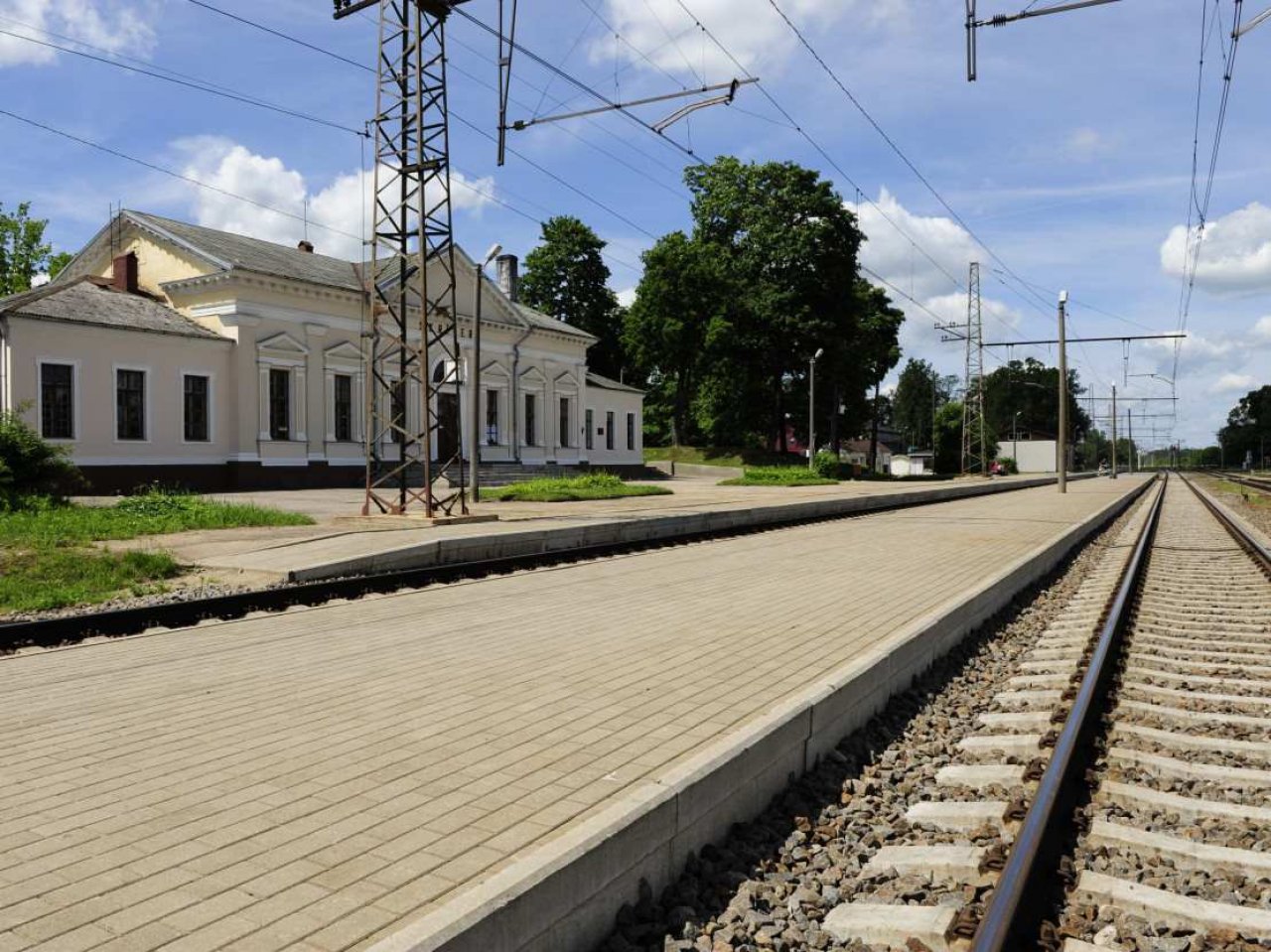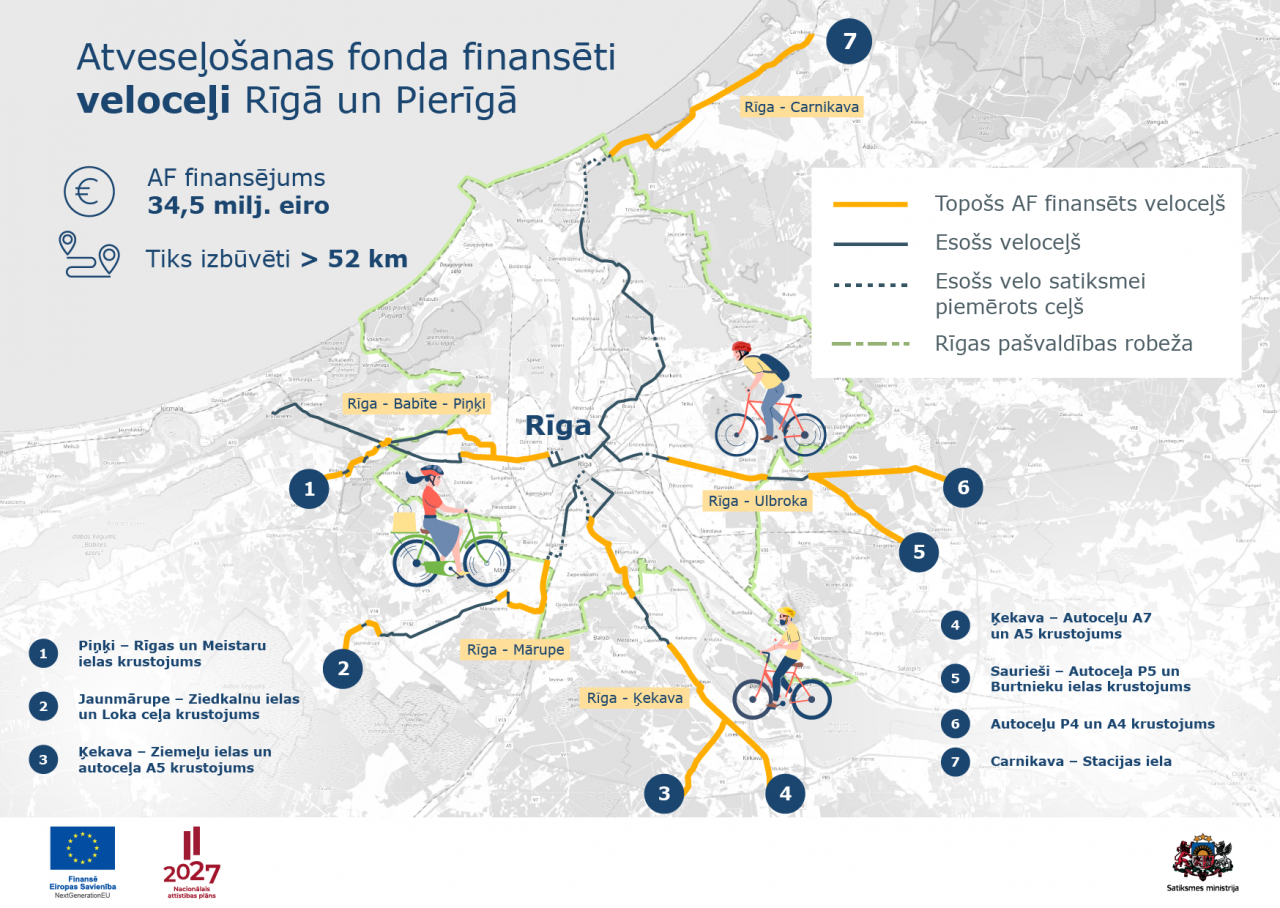Today, September 12th, the government approved proposals prepared by the Ministry of Transport (MoT) for amendments to the regulations of the Cabinet of Ministers, specifying that 70 km of railway lines will be electrified to ensure the movement of emission-free trains using the RRF.
Amendments to the Cabinet of Ministers Regulations provide that the attainable result of the RRF investment is changed. Initially, RRF funding of EUR 72.7 million was earmarked for the modernisation of Riga-Zemitani and Riga-Priedaine railway lines, as well as for the development of Zasulauks-Bolderaja railway line, which would result in the electrification of 81 km of railway lines by 31 March 2026. The milestones and objectives of the RRF Plan were set in 2020 on the basis of the initially planned costs and their feasibility, but a number of constraints have been identified during the preparatory work, which necessitate a change in the scope of the investment.
In view of the hostilities in Ukraine, as well as the sanctions imposed against Russia and Belarus, construction costs have increased significantly, which is likely to create a high risk to the achievement of the objectives set out in the RRF Plan. In order to prevent possible risks, the implementer of the project JSC “Latvijas Dzelzcels” reviewed the implementation scenario of the investment, choosing as the most appropriate solution to reduce the planned amount of work on the Zasulauks-Bolderaja railway line, electrifying only one track. Consequently, the investment target has been reduced from 81 km to 70 km.
Taking into account that it is necessary that the beneficiary of the investment sets the indicators according to the actual situation when making procurements for implementation of the project, the Ministry of Transport submitted a proposal to the European Commission (EC) on the reduction of the achievable indicator, and the EC has already conceptually co-ordinated the MoT-driven changes to the RRF plan and the planned amendments to Cabinet regulations.
The development of emission - free railway infrastructure is one of the measures implemented by the MoT within the green transition reform to overhaul the Riga Metropolitan area transport, in which it is planned to invest EUR 295 million of RRF funding. The reform aims to mitigate the negative impact of transport on the quality of the capital's environment and to build integrated public transport services that meet the needs of citizens by strengthening the role of railway as the backbone of public transport.
It is expected that the implemented reform will promote a change in the daily commuting habits of the population and will encourage shift from private transport to public transport, which will make a positive contribution to achieving the European Green Deal.


